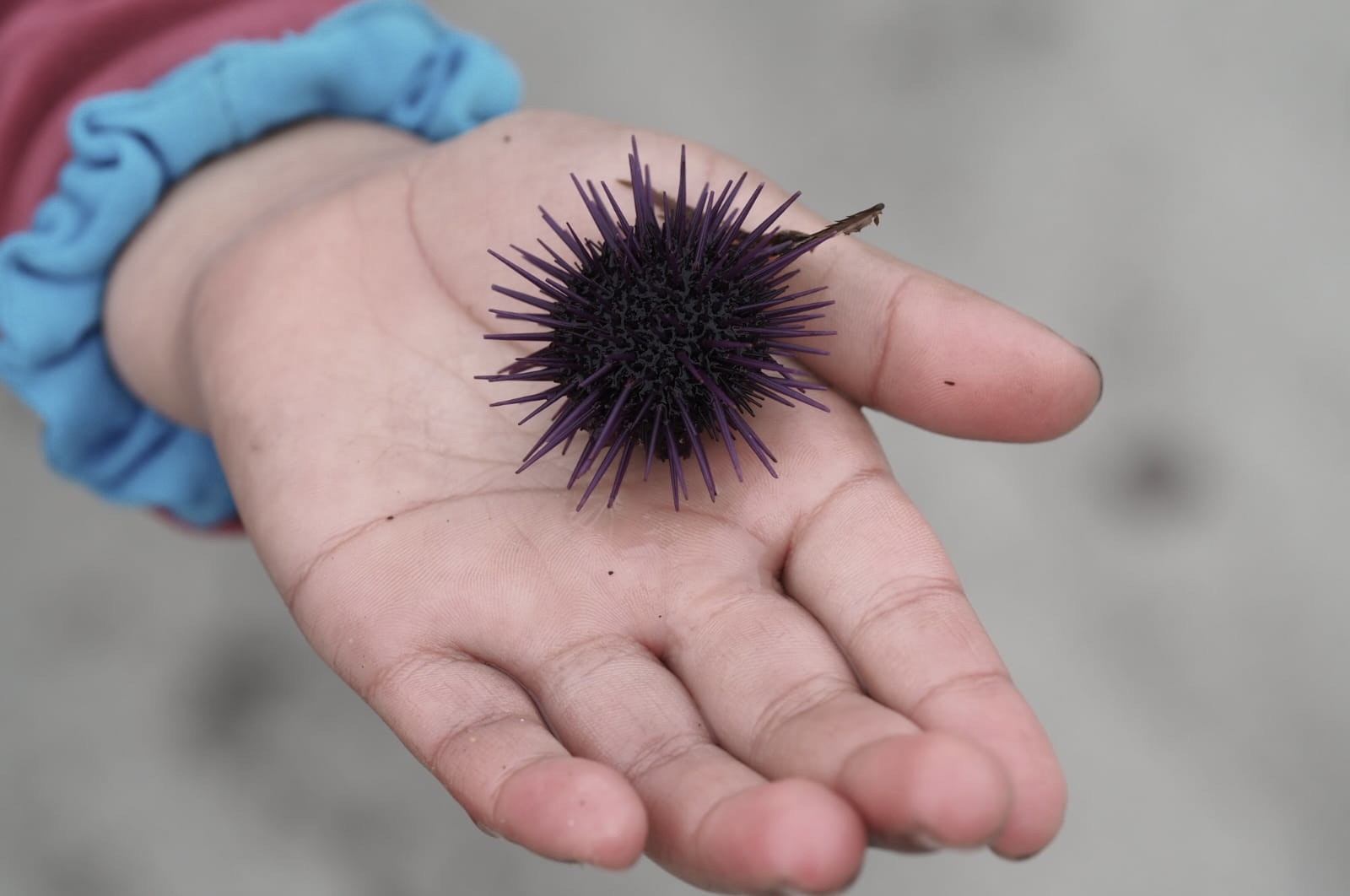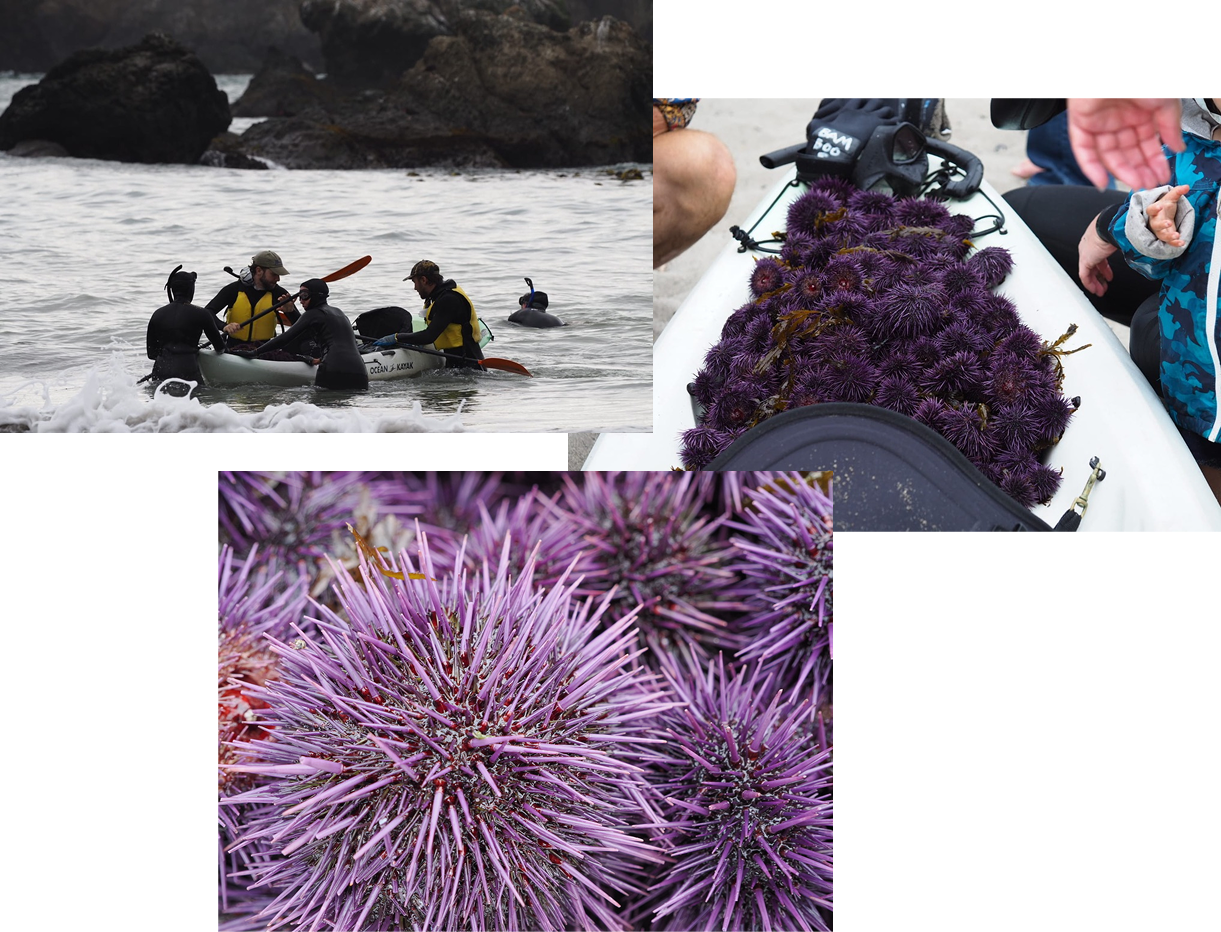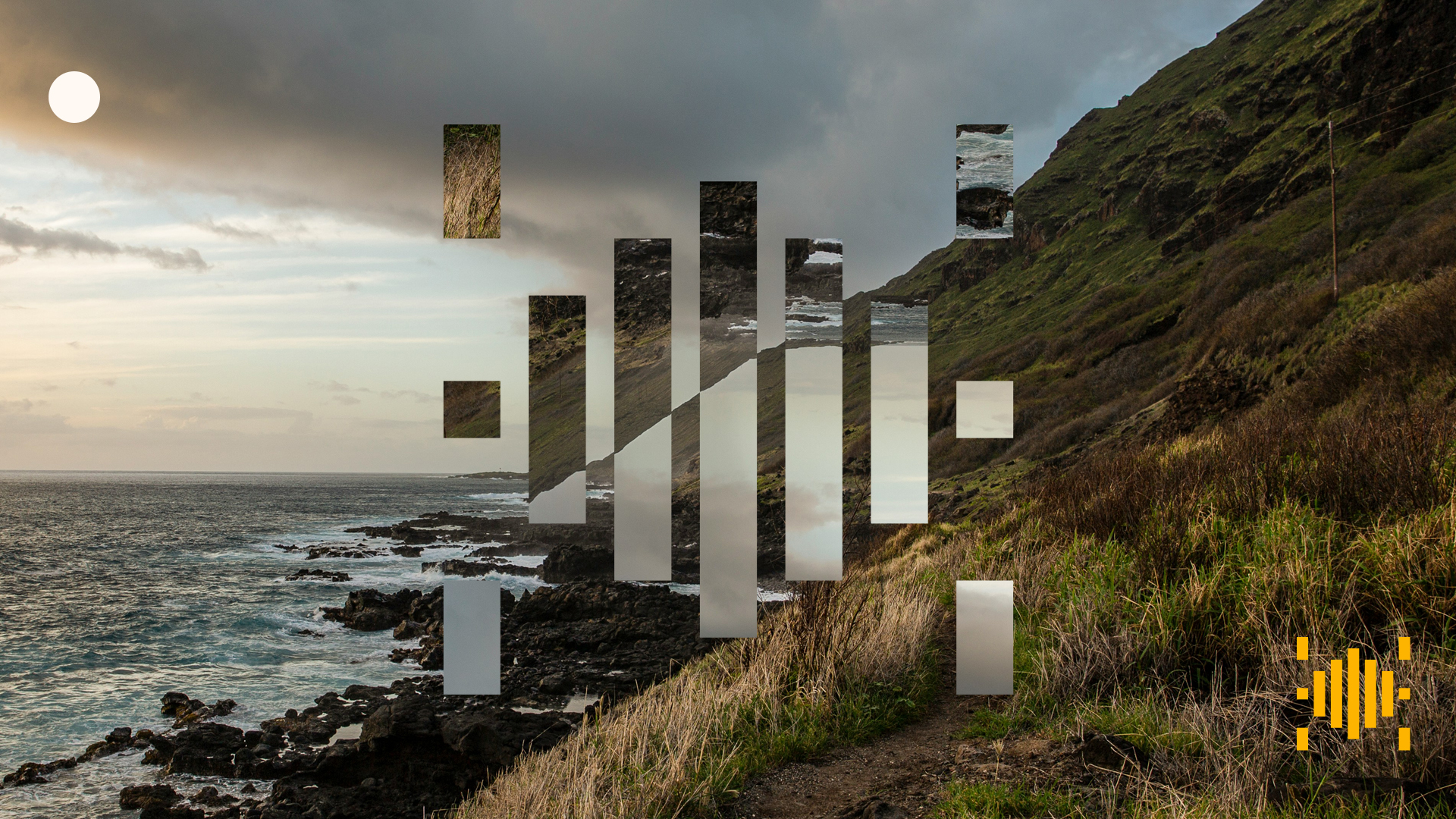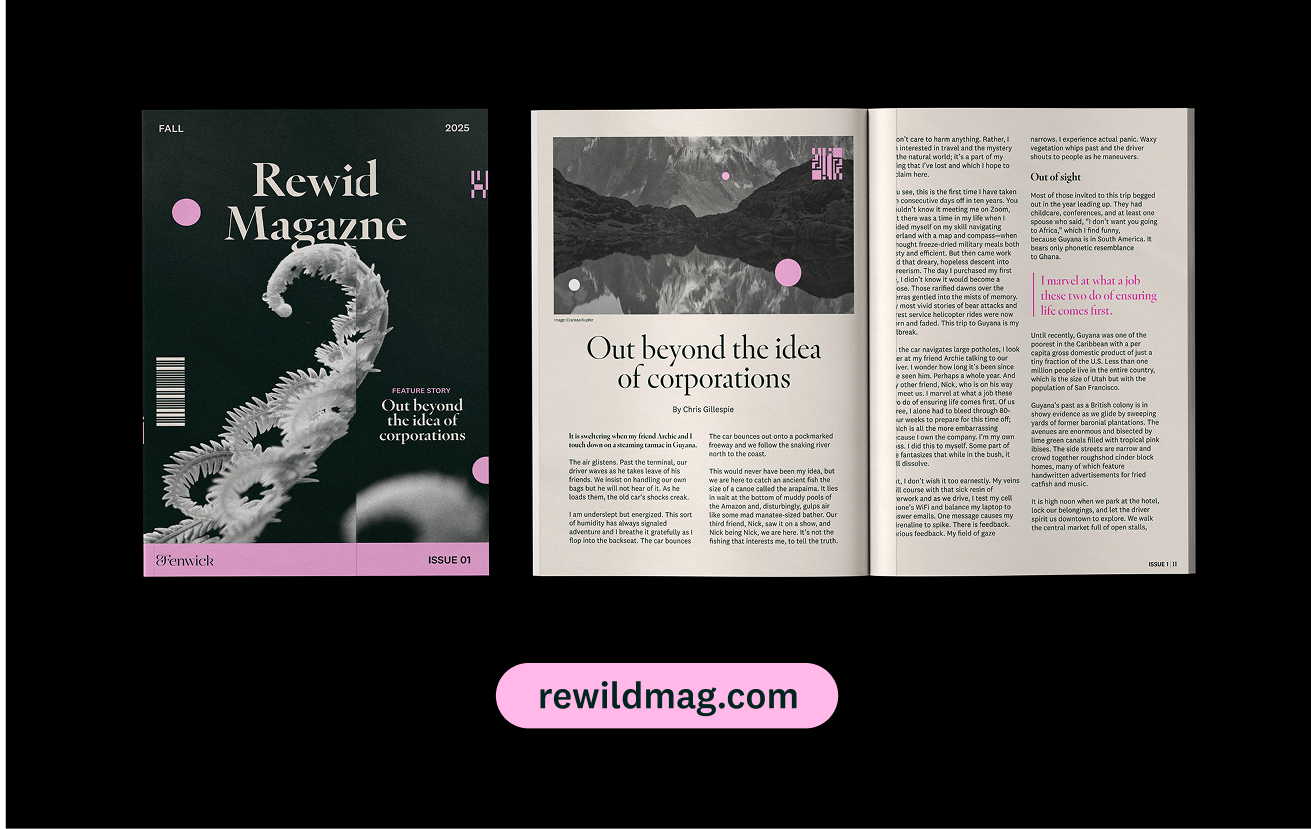
This is a purple sea urchin, Strongylocentrotus purpuratus.

Plunge beneath the waves off the California coast and you'll find them everywhere—11 per square meter—and not much else. They’ve devastated the undersea ecosystem to such a critical extent that it nearly exceeds belief. This week’s issue is a reflection on that—the invisible forces reshaping our world and why art and writing may be the only equal and opposite force we have at a time when everything is changing.
Purple reign of terror
Driving up Northern California’s Highway 1, much of the coast is a tumult of sandstone and basalt plunging into a merciless sea, which gleams eagerly as it hammers back at the rocks. It is austere. Save for seabirds, it feels empty. And perhaps that is increasingly so.

The die-off began in 2013 when the coastal waters warmed five degrees. Sounds small, but that’d cause brain damage in a human. Season after punishing season that bath lingered, and eradicated the whole trophic column of predators that kept the spiny purple sea urchin at bay. Unchecked, the urchins proliferated to 10,000 times their previous number and, like a seabed of razors, scythed through kelp roots.
The kelp was our coral reef. Now 350 miles of shoreline are bleached—which is how it feels driving it, as we did on a recent Saturday at the invitation of Mag Charmot, a friend who runs an art collective in Oakland and draws attention to issues like this.
We pulled into a sand-swept campground to find her and other friends assembling to dive for urchins.
I’ve no experience freediving and was frankly, intimidated. I know those waves and their hazards from the safety of a surfboard, and in my whole life here, it’s never occurred to me to try and touch the bottom. I could always stay on shore, I reasoned. But once there, diving seemed unavoidable. So I scuttled into the 7mm armor using hair conditioner as lubricant, and pulled the chin piece up. When Eve found me, she doubled over in laughter.

Waiting for others, I got antsy and decided to try it alone. A passerby pointed to my fins as I stood on the sand and said, “You put those on in the water,” which I dutifully did. As I backed into the waves, I inhaled seawater. It was a long struggle out to the kelp, and I returned without submerging, already tired.

The group finally gathered and we ventured out as a party. Under the churning surf, I could only see as far as my hand, and I naively thought that this was as far as the light penetrated. But I dove, and found that after ten feet of swirling murk, rocks would suddenly appear in daylight, coated in sea mosses with freckled purple urchins. The current would shove me this way or that, and I’d snatch one or two with a neoprene glove and scramble up for air.
That first dive changed something for me. It rewrote my sense of place. I touched something just below the surface of my long, undisturbed understanding. From shore, it looks impenetrable. But floating out there, it feels inevitable. The spiny little problem just isn’t that far down.
After 90 minutes, our group returned entirely spent, having gathered 380. We ate and lay by a fire before smashing them. I was initially so exhausted that I couldn’t figure out how to operate the coin showers.

Nearly four hundred urchins is a pittance. Yet the groups that gather to do this weekly are making an appreciable difference, and kelp is returning to Caspar Cove. That glimmer is enough for art to take hold. Among us were teachers, chefs, craftspeople, scientists, and writers—all curious how to make use of the urchins as food, dyes, countertops, or in my case, stories. The way I see it, these spiny little beasts are now my lever for prying open the computer screen and letting the light in.
We’ve got some problems before us, folks. I’ve always thought that it was someone else’s responsibility. I always thought, “When I make it, I’ll give back.” But it’s increasingly difficult for me to believe that will ever happen, because I see the opposite is true—when I give back, I’ll make it. I can’t spend much longer in this denatured professional sphere pretending emails and apps deserve our attention over what’s going on out there. And can’t we bend more of B2B to that purpose? If software companies are so profitable, where are the benefit corps funneling money into, say, dives?
Because the problems just aren’t that far down. I can touch them with a glove.
To apply this at work, ask:
When's the last time I volunteered? American civic engagement was once the envy of the world, but plunged with the advent of television. Could it come back? Give it a try and I guarantee you'll find something that enriches your work.
Inspiring principle: Storytelling Matters
We believe that workplace writing and design should be meaningful. If we can’t find an interesting angle, we don’t yet understand the story.

Inside Fenwick
Rewild Magazine is now live. The first issue is on rewilding. The next is called “Beautiful Conspiracy,” based on the word “pronoia.” If paranoia is believing the world is conspiring to harm you, pronoia is the opposite—it’s believing the world is conspiring to help you. What would change if you believed that to be true?

Worth reading
Architecton. An A24 movie trailer that’s just a nice somatic and visual experience. One thing I think about these days is how devoid our digital workplaces are of sound and smell. Not that I want websites to smell. But I saw this artist a while back who created a website that “paginated” with the seasons—in the summer, the site grew more pages. In winter, it shed them. Could B2B software have more of a sonic identity? Could they be affixed to the seasons?
B2BVault. An inspiration portal with a chatbot interface.
Burberry Acoustic. An ad campaign that just hands the mic to the artists.
An *actually* fun conference recap.
Substack is having a moment. But all ‘platforms’ go through the same cycle of eventually ruining the experience in the breathless pursuit of profit. Except Craigslist.
Just add moms. The CEO of Ellipsis Health started his company after watching his mom try to navigate U.S. healthcare. My rec for this post: Mention your mom. Add a photo of her.
